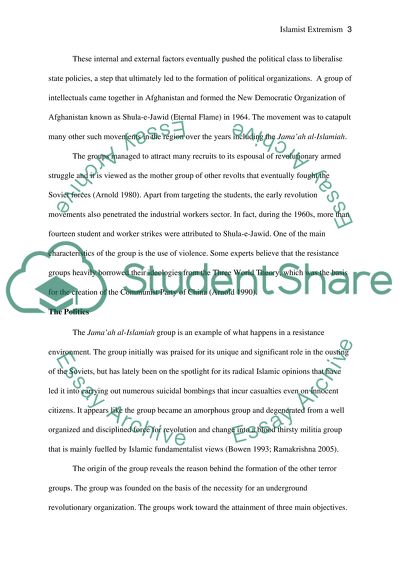Cite this document
(“Islamist Extremism In Southeast Asia: Jama'ah Al-Islamiah Essay”, n.d.)
Retrieved de https://studentshare.org/history/1430353-islamist-extremism-in-southeast-asia-jamaah-al-islamiah
Retrieved de https://studentshare.org/history/1430353-islamist-extremism-in-southeast-asia-jamaah-al-islamiah
(Islamist Extremism In Southeast Asia: Jama'Ah Al-Islamiah Essay)
https://studentshare.org/history/1430353-islamist-extremism-in-southeast-asia-jamaah-al-islamiah.
https://studentshare.org/history/1430353-islamist-extremism-in-southeast-asia-jamaah-al-islamiah.
“Islamist Extremism In Southeast Asia: Jama'Ah Al-Islamiah Essay”, n.d. https://studentshare.org/history/1430353-islamist-extremism-in-southeast-asia-jamaah-al-islamiah.


